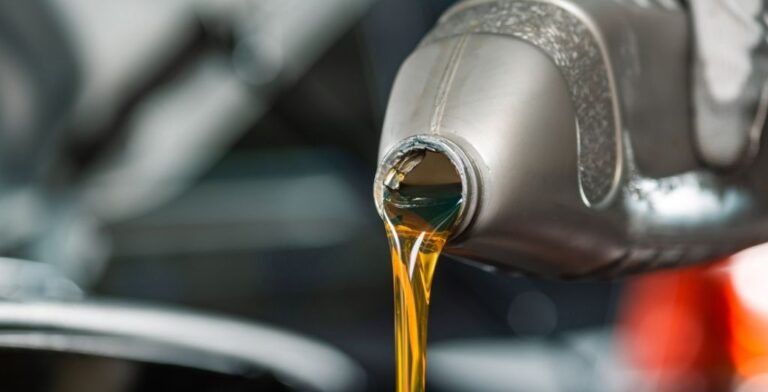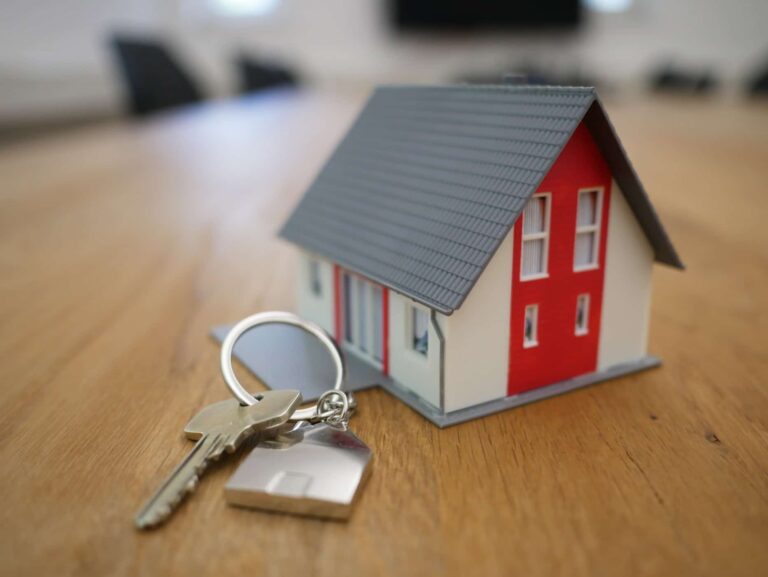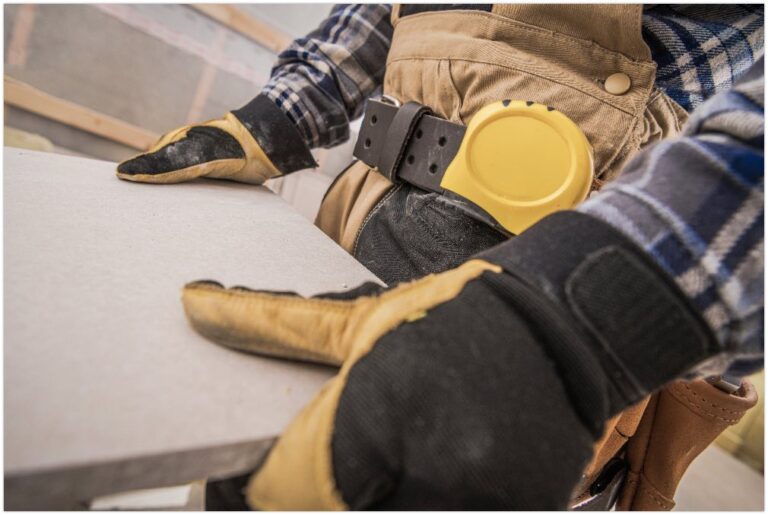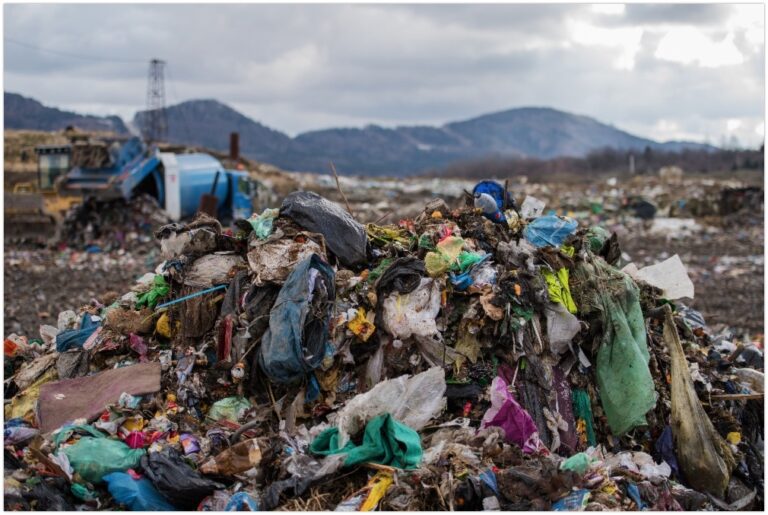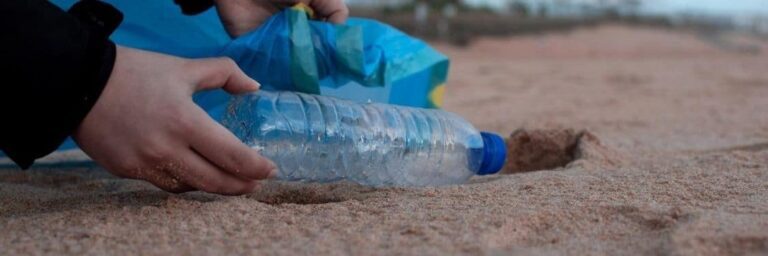Outdoor wood, particularly the one people use outdoors in their landscaping projects is usually protected from rot, moisture and insect damage with chemical preservatives (pesticides) that inhibit fungal decay and increase the life of this wood. Experts in the wood-treating industry believe that treated timber can last 20-30 times longer.
The benefits of treated wood include conserving trees and long useful life. However, the many chemicals used in the preservation are toxic and can present many environmental problems, especially after the wood is disposed of after it has been taken out of service. To eliminate the negative effects associated with treated wood, you have to dispose of it properly.
The chemicals used in wood treatment
Suppliers use three types of preservatives to treat wood and they include oil-borne chemicals, creosote and waterborne water chemicals. Creosote is a complex chemical mixture that producers distil from coal tar. Coal tar is a by-product of coke production from bituminous coal in coking ovens.
Creosote is an oil-based compound. Oil borne chemicals are pentachlorophenol compounds, known as penta. Penta is known for causing fatal damage, birth defects, and many other health problems. Both penta and creosote have been restricted since the year 1986. Wood suppliers also use copper naphthenate, which is an oil borne chemical, for wood preservation.
Waterborne preservatives are commonly used in the preservation of wood. Distributors use waterborne chemicals in pressure treatment only and they include ammoniacal copper zinc arsenate (ACSA), chromate copper arsenate (CCA), and ammoniacal copper quaternary (ACQ) compounds. CCA accounts for around 94 per cent of the used waterborne chemicals. The primary chemicals in CCA are highly toxic and the EPA regulates them as pesticides.
In the preserved wood, CCA chemicals tightly bond with the wood, which means they are unlikely to leach from the wood under the normal environmental conditions. ACQ is the most popular alternative to the CCA. The alternative eliminates the toxic chromium and arsenic components associated with CCA.
Using treated wood properly
You have to consider several factors when using treated timber. For example, you have to decide where to use – for example indoor or outdoor. Decide on whether people and animals will get into contact with it and whether it will contact your drinking water sources or the groundwater. If there is any good alternative to the treated timber, you will have to go for it. Avoid inhaling the sawdust from this timber when sawing. And do not use it for countertops or cutting boards.
Disposing of the treated wood
Your priority when disposing of treated wood should be reuse and salvage. If the treated wood does not end up in the waste stream, you should consider it a waste. Therefore, if possible, you should try to reuse it if it meets your design requirements. If you must get rid of it, follow the steps.
Do not burn it
Do not burn the treated lumber. Generally, open burning should only happen at the town transfer stations, by permit and involving only the clean untreated brush and wood. Other open burning can happen in other sites, but only under permit from the local authorities and generally for the clean brush and wood – not the treated wood.
Take it to the local landfill or transfer station
You can dispose of treated wood of any type in various ways. If you bought the wood to complete a small project, you should transfer it to your local landfill or the transfer station and leave it in the right place. Utilities, contractors and manufacturers contract directly with the permitted waste landfill or send it to wood burner facilities that are permitted and equipped to burn treated wood.
Do not compost it
Do not compost the chips, sawdust or small treated wood scraps. You will have to dispose of them as stated above to avoid problems.
At Paul’s Rubbish Removal Sydney, our work is to help you dispose of any rubbish, including treated wood properly. After calling us, our team will arrive in your place, give you a quote and start the disposal process if you like our services. If possible, you have to avoid using CCA-treated wood and go for the construction material that minimises the use of wood where insect or rot is likely. If you must use wood, choose that treated with copper-based products like ACQ preserve.
Receive a free quote for your treated timber removal over the phone today on 0407 125 125.



